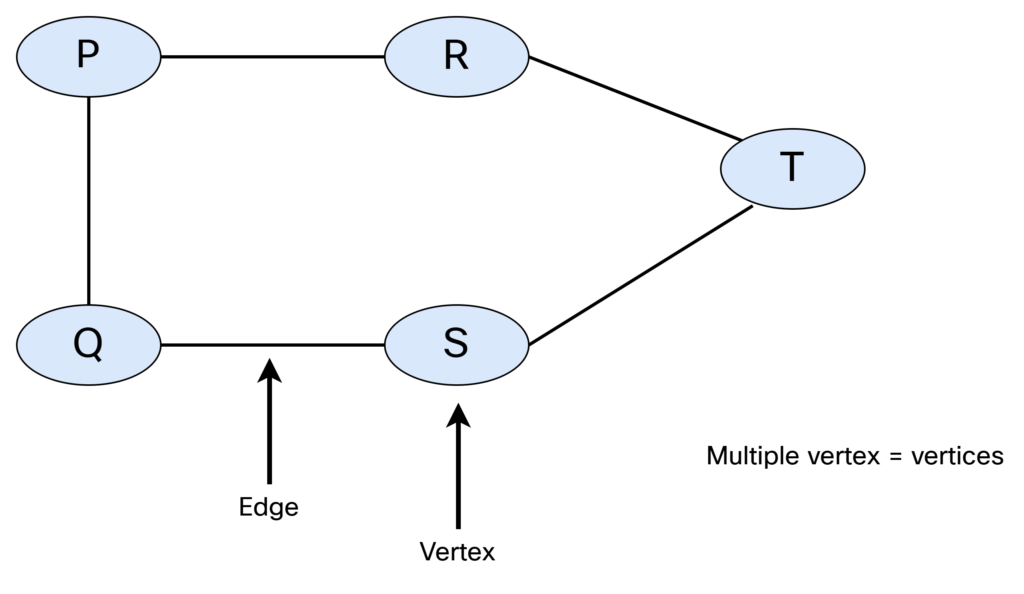IS-IS Behavior on Multi-Access Networks
In many ways, IS-IS is a simpler, and perhaps more elegant, routing protocol than OSPF. However, it often gets misunderstood. Perhaps due to its roots in OSI or perhaps because it’s not as widely deployed as OSPF. Some of the confusion come from how it behaves on multi-access networks. What is a Designated Intermediate System (DIS)? Why do we need a pseudonode? How do we flood Link State PDUs (LSPs)? In this post, I’ll cover all of that and more. This is going to be a deep dive so save this blog for when you have some time to focus.
IS-IS is a link state protocol, which means that we need to build a link state database that describes how all the intermediate systems (routers) are interconnected, and what prefixes they are associated with. Simply put, we need to build a graph. Let’s do a quick recap of graph theory.
A graph consists of vertices (nodes) and edges (links). When referring to a single node, it’s called a vertex. This is shown below:

There are different types of graphs. They can be undirected and unweighted:

With this type of graph, there is no weight assigned and there is no way Continue reading
